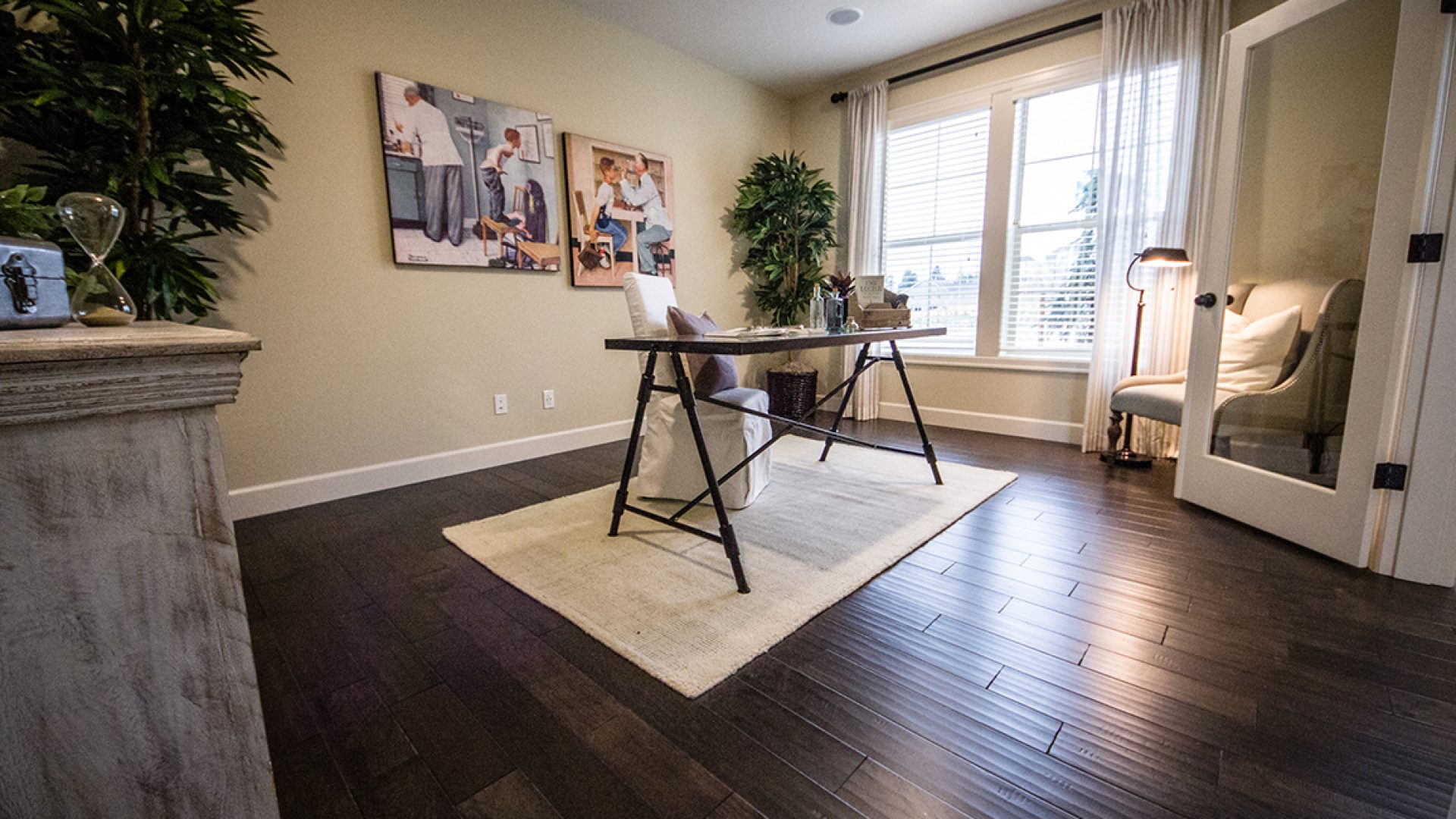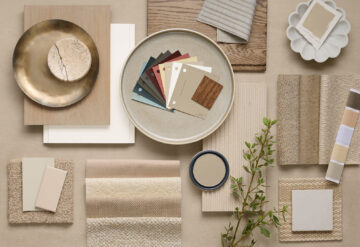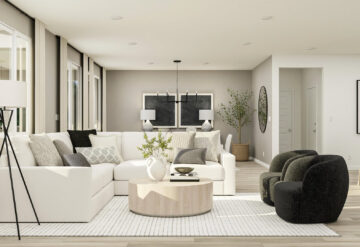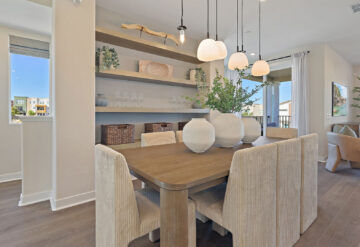There are some who believe a home office should feel just like an actual office. But others believe it should feel more like home. The way you decorate your home office should be all about setting up an environment where you can feel most productive. This article from Entrepreneur takes a look at 4 of the trends that are shaping the design and décor of today’s home offices.
No longer consigned to the basement or unused nook, the home office has emerged as one of the most important residential amenities, thanks to an uptick in both self-employment and flexible working trends.
Whether they’re working for themselves or others, some 25 million Americans are calling home “the office” at least one day a week. Among them, 2.8 million self-employed people consider home their primary place of work, according to consultancy Global Workplace Analytics.
Tidiness is increasingly at the center of home-office design, thanks in no small part to Marie Kondo, author of the bestselling book The Life-Changing Magic of Tidying Up. Kondo’s neatnik ethos applies to everything in the home. In the office, she extols the pleasures of purging – not just books and paper but elaborate storage systems, which can be ditched in favor of shoe boxes.
Erica Ecker, owner of organizing service The Spacialist in New York City, says when she started her business 17 years ago, “paper was eating up every space in everyone’s offices.” These days, she helps at-home workers create more space by scanning documents and enlisting digital assets such as online organizers.
Christine Albertsson, principal at Minneapolis firm Albertsson Hansen Architecture, says the “conversation about stuff” is one of the first she has with clients.
“There’s a move toward minimal space that’s smart and uplifting and not cluttered,” she says. “Every person should go through their house and assess what they really need.” That includes a reevaluation of equipment, which she calls “a shifting issue,” as technologies for entertainment and work become less segregated.
In most homes, where every square foot counts, there’s been a rethinking about furniture.
Artisan designers have stepped into the game, making inroads where dedicated built-ins once reigned. In addition to combining function and style, such craftsmen have layered a sort of cognitive feng shui into work surfaces that feel as good as they look.




